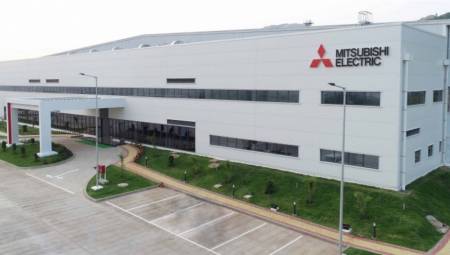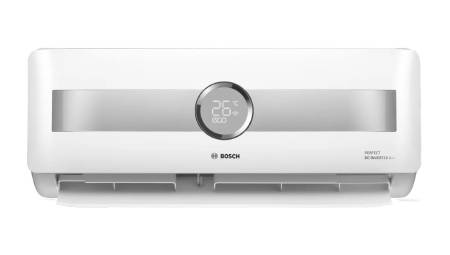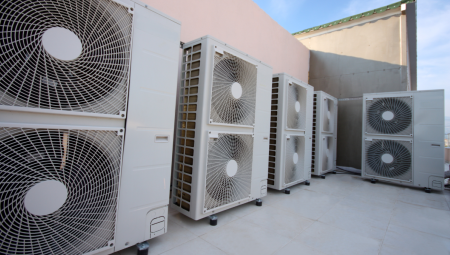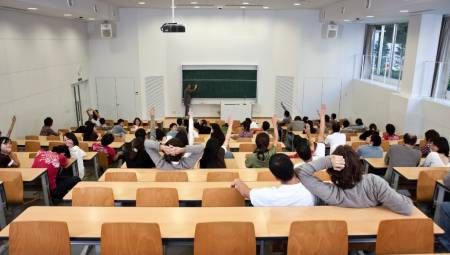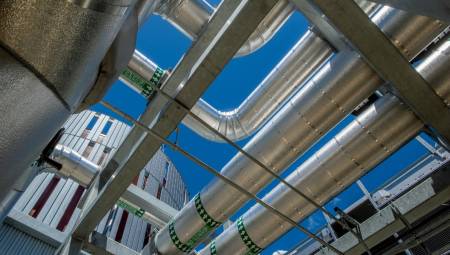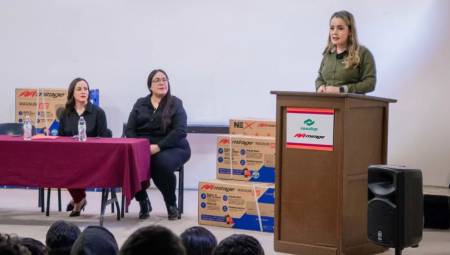 Recommendations to optimize energy savings through more efficient air conditioning systems.
Recommendations to optimize energy savings through more efficient air conditioning systems.
by Alfredo Sotolongo*
The most economical energy to produce is the one that is saved!
There's an old saying that goes, "New Year New Life," when you've been lucky enough to experience 70 new years, you visualize it in a more realistic way. Perhaps I should say, "New Year, another opportunity to improve as a person, as a professional, in your relationships with others and what is very important, your relationships with God." Happy 2016 with a lot of health for everyone.
I want to start this article by reminding you that the new trends in design to achieve the most efficient air conditioning systems consider the variable volume both in the distribution of air in the conditioned areas, as in the water pumping system and in the chiller where the volume of refrigerant is varied. I compare this combination of variable volume: air, water and coolant conducted by a central control, with the different instruments in an orchestra. In the same way that the conductor of the orchestra manages to optimize the operation of each instrument, we manage to optimize energy savings.
In this article I would like to concentrate on the variable air volume in the conditioned area. As we all know, there are different methods to modulate the air flow. However, I want to concentrate on the method that achieves the optimal distribution of air, with the largest number of control areas, the lowest initial cost and minimum maintenance.
The firm Acutherm has developed several versions of its thermafuser intelligent diffuser with which, depending on the application, what was expressed in the previous paragraph is achieved. In addition, it allows to measure and control the temperature of the conditioned area, measure the temperature of the supply air and measure the air flow. All this contributes to adding points to achieve LEED certification.
Because it operates as if it were a regular diffuser, the pressure drop through the Thermafusers is extremely low when compared to a variable volume box system. Sound is a subject to seriously consider, especially in air distribution systems with very long branches or very close to the air handling unit. It is possible to control the sound at the desired levels using pressure control modules, which maintain the design pressure regardless of system pressure changes.
There are colleagues who think that the variable volume of air applies only to office buildings with private offices. However, there are many facilities in completely open areas in offices, industries, laboratories, etc ... As each diffuser has its control integrated, the open areas can be controlled, even, at different temperature values grouping up to a maximum of 5 diffusers with the same control. Several groups of 5 modulating diffusers can have their pressure controlled using the pressure control modules.
As sensitive heat is directly proportional to the volume of air, once a diffuser satisfies its control point it tends to close and reduce the amount of air it supplies. This means that the air pressure tends to rise in that branch which is reflected in the air handling unit. This is the first step in the process of variable volume of air, water and coolant.
To obtain the ideal result, it is recommended to control the fan of the air handling unit with a variable frequency drive and a pressure sensor, which not only modulates the amount of air but serves as a starter for the unit. It is important to remember that the ratio between the revolutions per minute of a centrifugal fan and the consumption of the motor is exponential to the hub. For example, when the revs drop to 50%, the volume also drops to 50% while the engine consumption drops to approximately 12.5%.
The next steps that complete the new trends in the design of air conditioning systems to optimize energy savings are: volume of water in the variable primary pumping system and variable refrigerant in the cooler, to which I will refer in the next issues.
If you need more information on any of the topics covered in this column, please contact me at the email [email protected]
* President of Protec, Inc., is certified as a professional engineer in Puerto Rico and the state of Florida; has more than 40 years of experience in the application and sale of systems and equipment for energy conservation. He is a member of ASME (American Society of Mechanical Engineers), AEE (Association of Energy Engineers), ASHRAE and was president of the Miami chapter of that association.





